Imagine walking into your garden any time of the year and picking fresh, healthy, vibrant greens — that’s exactly what you get with collard greens. Known for their resilience, rich nutrition, and continuous productivity, collard greens are among the easiest leafy vegetables to grow for a nearly endless harvest.
In this complete guide, inspired by the video “How To Have An Endless Harvest With Collard Greens”, we’ll explore how to grow collard greens step-by-step — from planting and caring for them to harvesting properly so they keep producing for months. Whether you’re growing in a backyard garden, raised bed, or even containers, you’ll learn how to make your collards thrive year-round with minimal effort.
Why Collard Greens Are Perfect for an Endless Harvest
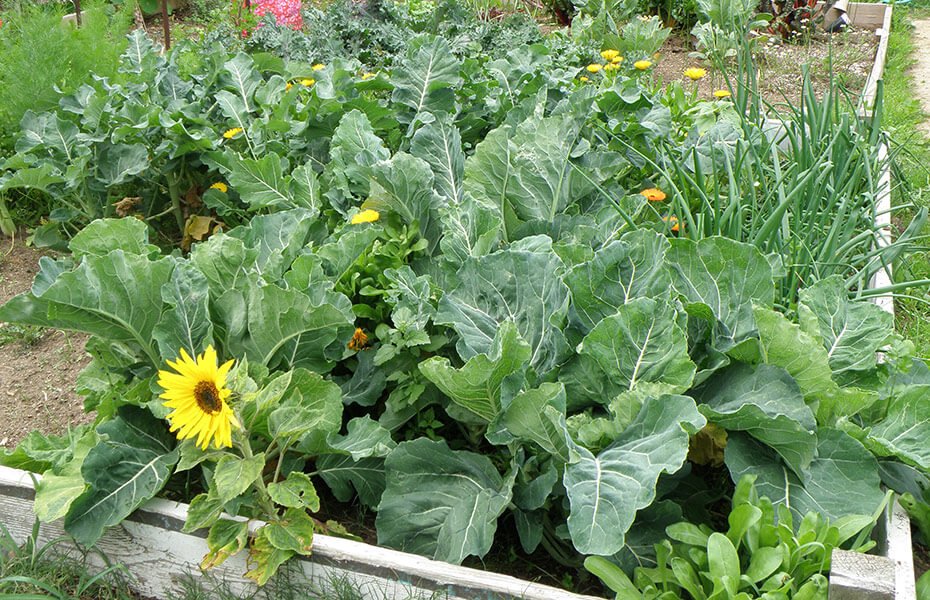
Collard greens (Brassica oleracea var. viridis) belong to the same family as cabbage, kale, and broccoli. What makes them stand out is their cut-and-come-again nature. This means you can harvest leaves continuously without killing the plant.
Here’s why collard greens are ideal for endless harvesting:
- Perennial-Like Growth:
In mild climates, collard greens can live and produce for multiple years, acting almost like a perennial crop. - Fast and Continuous Production:
Once mature, collards quickly replace harvested leaves with new growth, ensuring a steady supply. - Low Maintenance:
These hardy greens tolerate heat, mild frost, and even neglect better than many other leafy vegetables. - Nutrient-Dense:
Packed with vitamins A, C, and K, calcium, and antioxidants, collard greens are one of the healthiest greens you can eat. - Pest Resistant and Adaptable:
They resist many common garden pests and thrive in diverse conditions — from garden beds to pots.
With the right growing and harvesting methods, you can enjoy fresh collard greens all year long.
Choosing the Right Variety
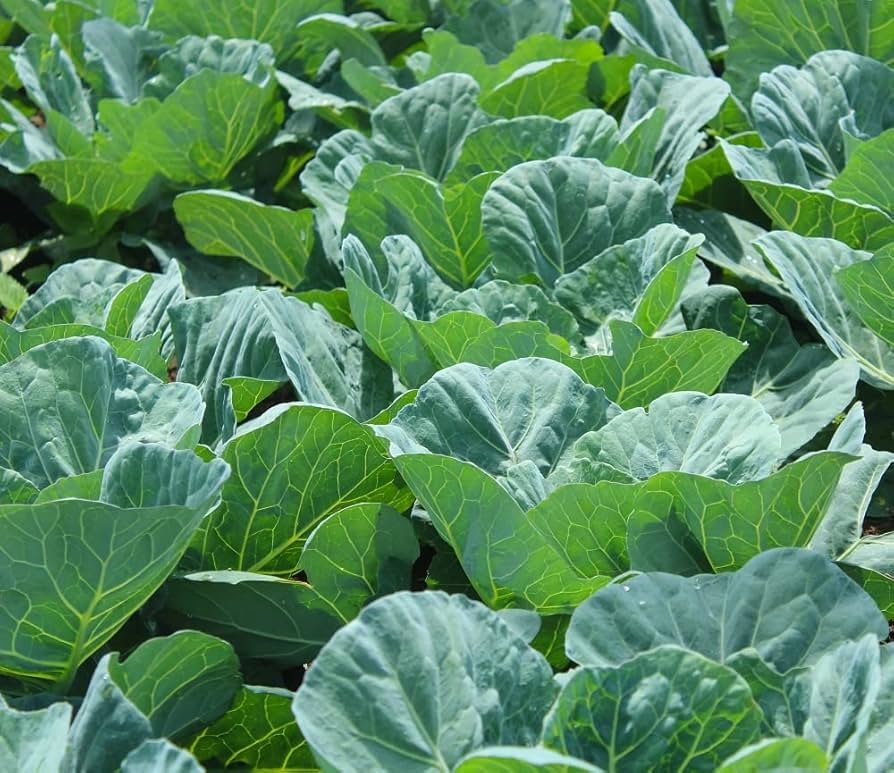
Before you plant, it’s helpful to pick the right variety suited for your climate and preferences. Some popular and high-yielding options include:
- Georgia Southern: A classic variety known for large, tender leaves and heat tolerance.
- Morris Heading: Compact plants with slightly wrinkled, flavorful leaves.
- Vates: Cold-hardy and excellent for overwintering in cooler climates.
- Champion: Great disease resistance and dense leaf growth.
- Tiger Hybrid: Fast-growing and resistant to bolting in warm weather.
Each of these varieties offers long harvesting potential, but if you’re aiming for year-round greens, Georgia Southern and Vates are top choices.
Preparing the Soil
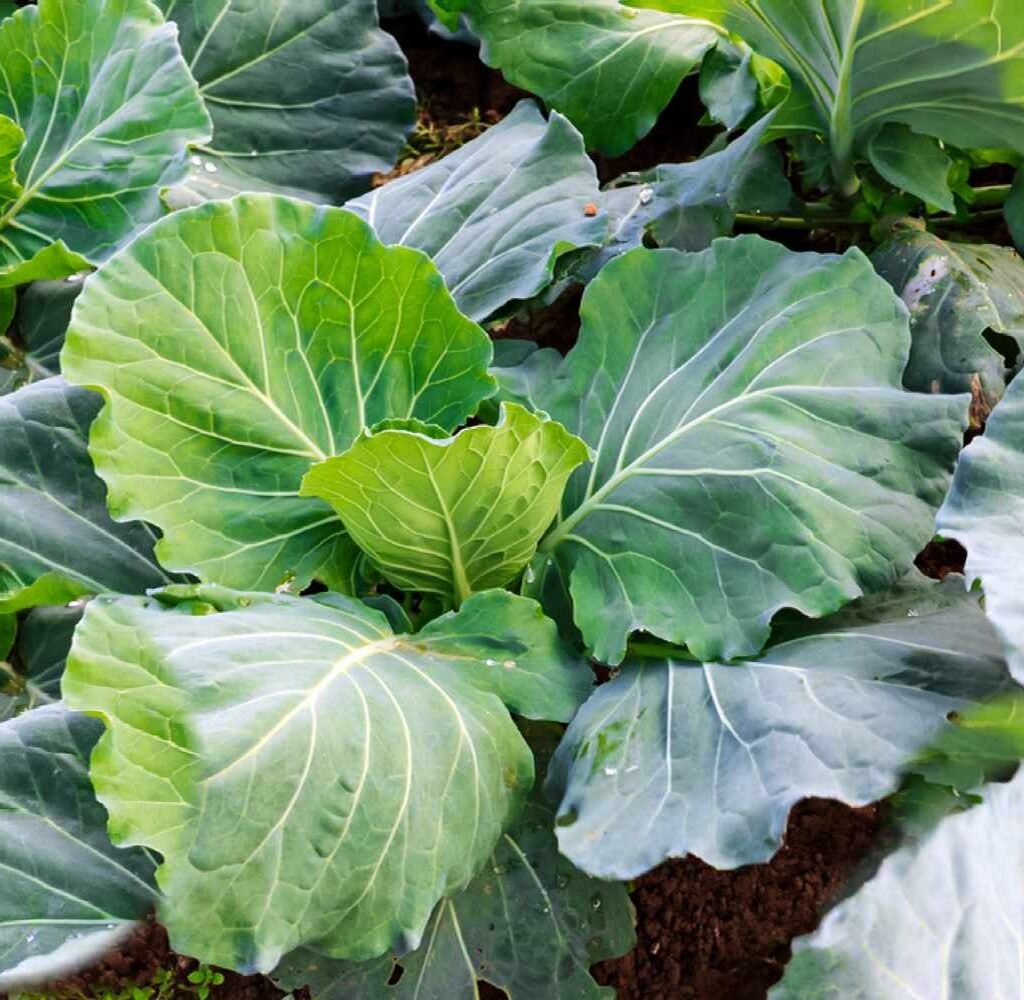
Collard greens grow best in rich, well-draining soil full of organic matter. To prepare your garden bed or containers:
- Choose the Location:
Select a spot that receives 6–8 hours of sunlight daily. Collards tolerate partial shade but grow best in full sun. - Soil Type:
- Ideal pH: 6.0–7.5
- Mix compost, aged manure, or organic fertilizer into the soil before planting.
- Drainage:
Avoid waterlogged areas. Good drainage is key to preventing root rot and diseases. - Raised Beds or Containers:
- Raised beds improve drainage and soil quality.
- For containers, use pots at least 12 inches deep with nutrient-rich potting mix.
Planting Collard Greens
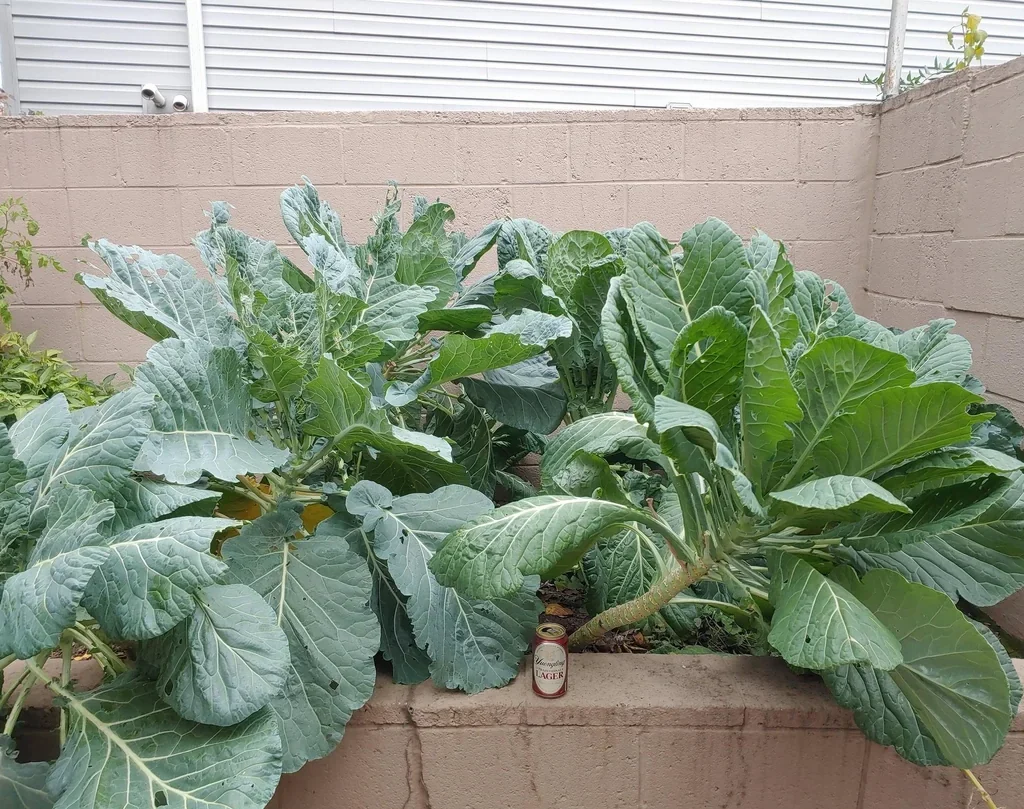
Collard greens can be grown from seeds or transplants.
1. Direct Seeding:
- Sow seeds about ½ inch deep directly into the soil.
- Space seeds 12–18 inches apart, with 2–3 feet between rows.
- Thin seedlings once they’re a few inches tall, keeping the strongest ones.
2. Transplants:
- Start seeds indoors 4–6 weeks before your last frost date.
- Transplant seedlings when they have 4–5 true leaves and outdoor temperatures are consistently above 50°F (10°C).
3. Succession Planting:
To ensure an endless supply, plant new seeds every 3–4 weeks. This staggered approach means you’ll always have young, productive plants ready for harvest.
Watering and Feeding
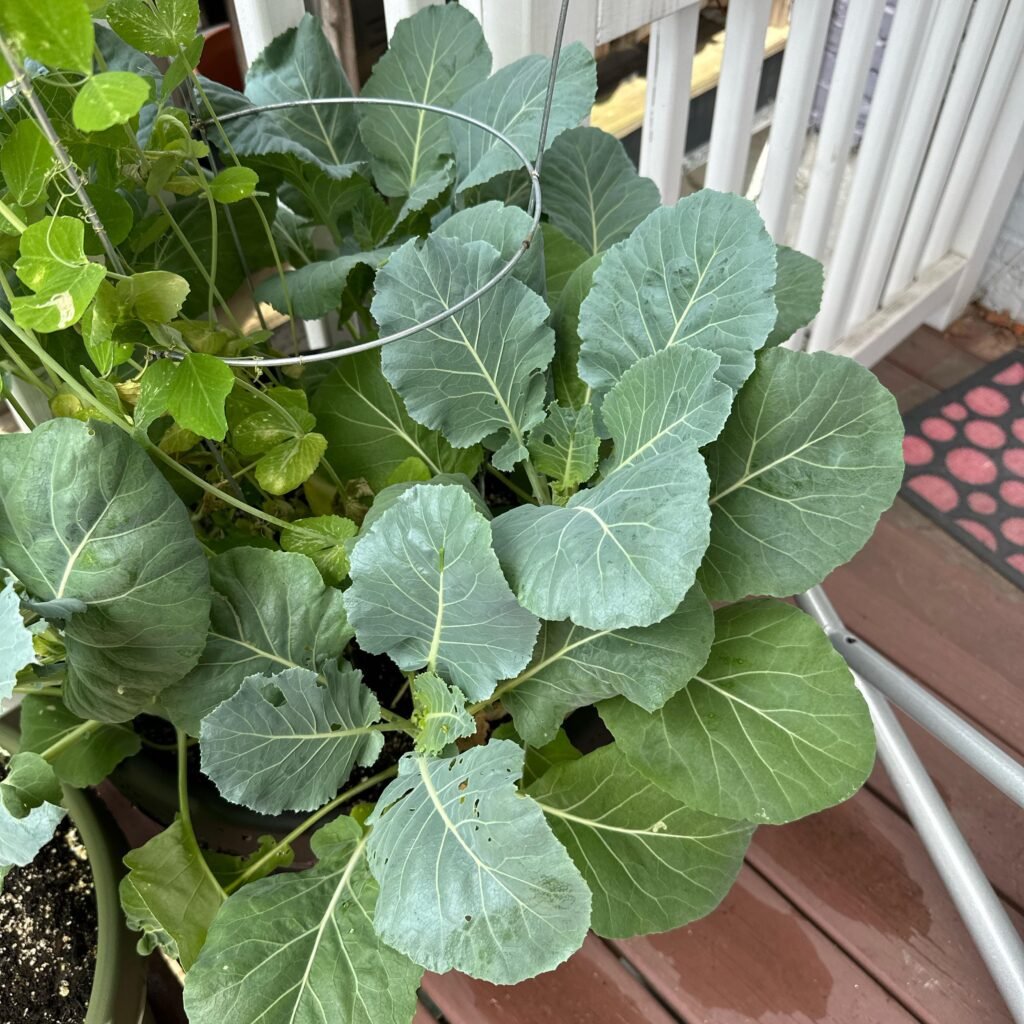
Collard greens grow quickly and need consistent care to keep producing.
- Watering:
Keep the soil evenly moist. Water deeply 2–3 times per week, especially during hot weather. Avoid soaking the leaves to prevent fungal problems. - Mulching:
Apply organic mulch (straw, dry leaves, or grass clippings) to retain moisture, regulate soil temperature, and suppress weeds. - Fertilizing:
Feed plants every 3–4 weeks with compost tea or a balanced organic fertilizer (such as 10-10-10). During heavy leaf production, supplement with a nitrogen-rich fertilizer to promote lush growth.
Caring for Healthy, Long-Lived Collard Plants
To keep your collards productive for months (or even years), follow these care practices:
- Regular Pruning:
Remove older, yellowing leaves from the bottom of the plant. This encourages new growth from the center and prevents disease. - Pest Management:
Common pests include aphids, cabbage worms, and flea beetles. Use neem oil or insecticidal soap as a natural deterrent. Also, companion planting with marigolds or garlic helps repel insects. - Weed Control:
Keep the area around your plants weed-free to reduce competition for nutrients and water. - Temperature Protection:
Collard greens are cold-tolerant, but in severe frost, cover them with garden fabric or a cloche.
The Secret to an Endless Harvest: Cut-and-Come-Again Method
The key to harvesting collard greens continuously lies in how you pick the leaves.
Step-by-Step Harvesting Method:
- Start from the Bottom:
Begin harvesting the outermost, mature leaves first — usually 8–10 inches long. Leave the smaller, inner leaves untouched. - Leave the Center Intact:
The top center (also called the growing crown) should never be cut. It’s where new leaves emerge. - Harvest Gradually:
Pick 2–3 leaves from each plant every few days. This steady approach stimulates new growth. - Consistent Picking:
The more you harvest, the more energy the plant puts into growing new leaves. Consistent harvesting prevents the plant from “resting” or going to seed. - Avoid Cutting the Stem:
Always cut the leaf at its base with clean scissors or a knife instead of tearing it by hand.
Using this method, your collard plants can continue producing for 6 months or more, and in mild climates, even year-round!
Managing Bolting (Flowering)
Sometimes, collard greens may start to flower or “bolt,” especially in hot weather. Once they bolt, the leaves can become bitter.
To prevent this:
- Keep plants well-watered and mulched to maintain cooler soil temperatures.
- Choose heat-tolerant varieties like Champion or Georgia Southern.
- Provide light afternoon shade in summer using garden fabric or tall companion plants.
If a plant bolts, harvest the remaining leaves and replant fresh seeds for a new cycle.
Growing Collard Greens in Containers
Don’t have garden space? No problem — collard greens grow beautifully in containers.
- Container Size: At least 12–16 inches deep and 12 inches wide per plant.
- Soil: Use a rich potting mix with compost and perlite for drainage.
- Sunlight: Place in full sun or partial shade.
- Watering: Containers dry faster, so water regularly and deeply.
- Fertilizing: Feed with compost or organic fertilizer every 2 weeks for steady growth.
Container gardening allows you to move plants easily and extend the growing season by bringing them indoors during cold weather.
Overwintering Collard Greens
In warmer climates, collard greens can survive winter and continue producing new leaves in spring.
To overwinter successfully:
- Mulch heavily around the base with straw or leaves for insulation.
- Remove damaged or diseased leaves before cold weather sets in.
- Cover plants with frost blankets or plastic tunnels during freezing nights.
With a little protection, your collards will bounce back stronger after winter, ready to keep growing and providing fresh greens.
Health Benefits of Collard Greens
Collard greens aren’t just productive — they’re incredibly nutritious. Regularly eating them can offer:
- Heart Health: High in fiber and antioxidants that reduce cholesterol levels.
- Bone Strength: Rich in calcium and vitamin K.
- Detox Support: Contain chlorophyll and sulfur compounds that support liver function.
- Weight Management: Low in calories yet filling, perfect for healthy diets.
Adding fresh collards to soups, stir-fries, smoothies, or sautés helps you enjoy their health benefits every day.
Conclusion
Learning how to have an endless harvest with collard greens is a gardener’s dream come true. With the right care, smart harvesting techniques, and regular feeding, your plants can keep producing nutritious, tender leaves month after month.
By using the cut-and-come-again method, keeping your soil rich and moist, and protecting your plants from extreme temperatures, you can enjoy a continuous supply of collard greens nearly all year round.
Whether you’re growing in a backyard garden or a few pots on your balcony, collard greens are one of the most rewarding leafy greens to cultivate. Start your collard garden today — and experience the joy of truly endless, homegrown harvests!
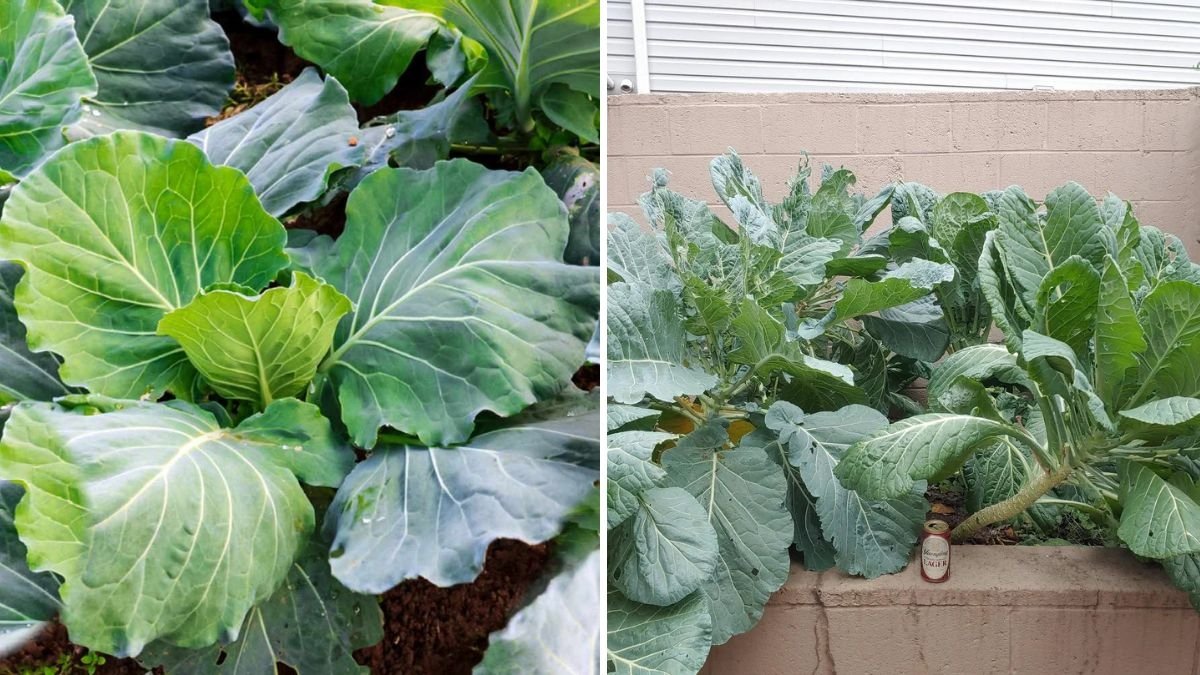
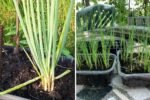
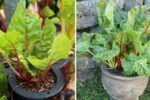
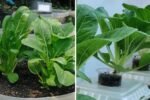
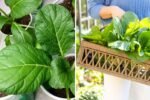
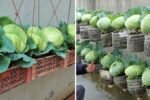
Leave A Comment